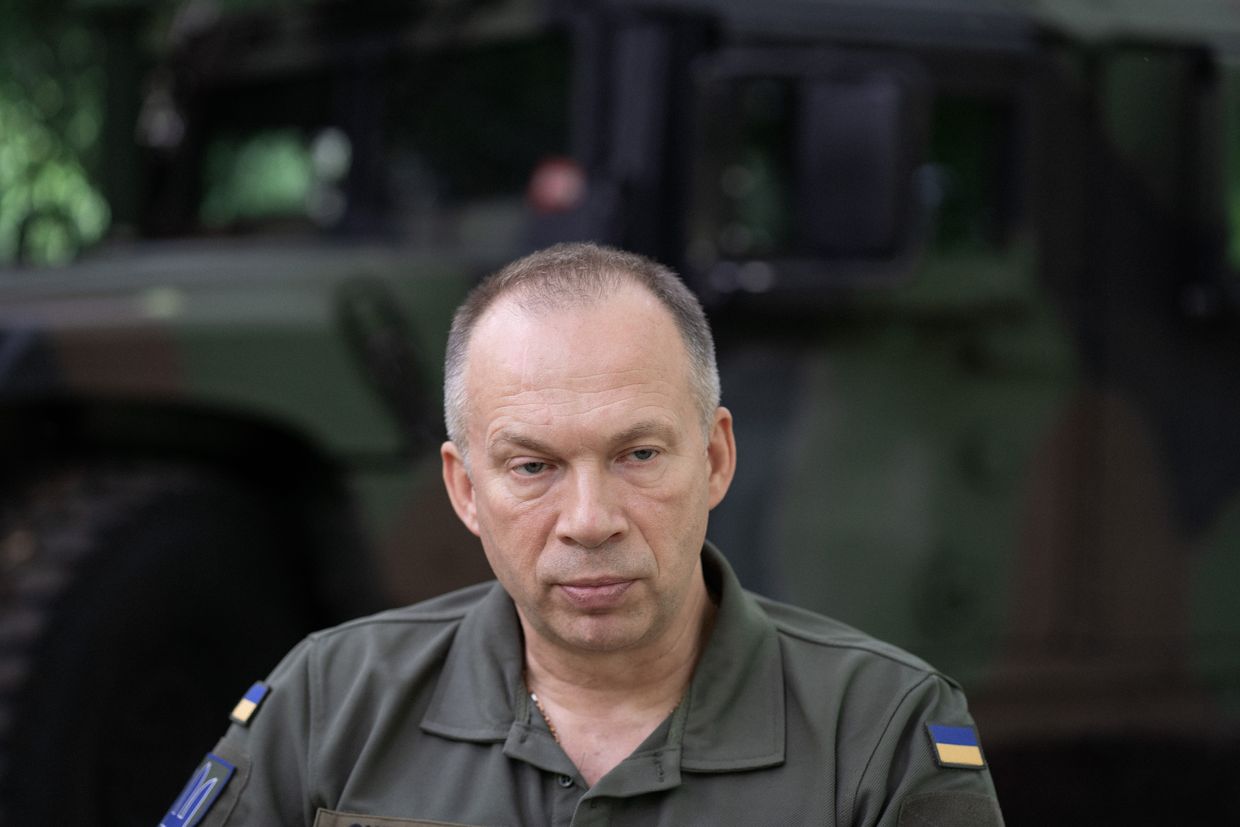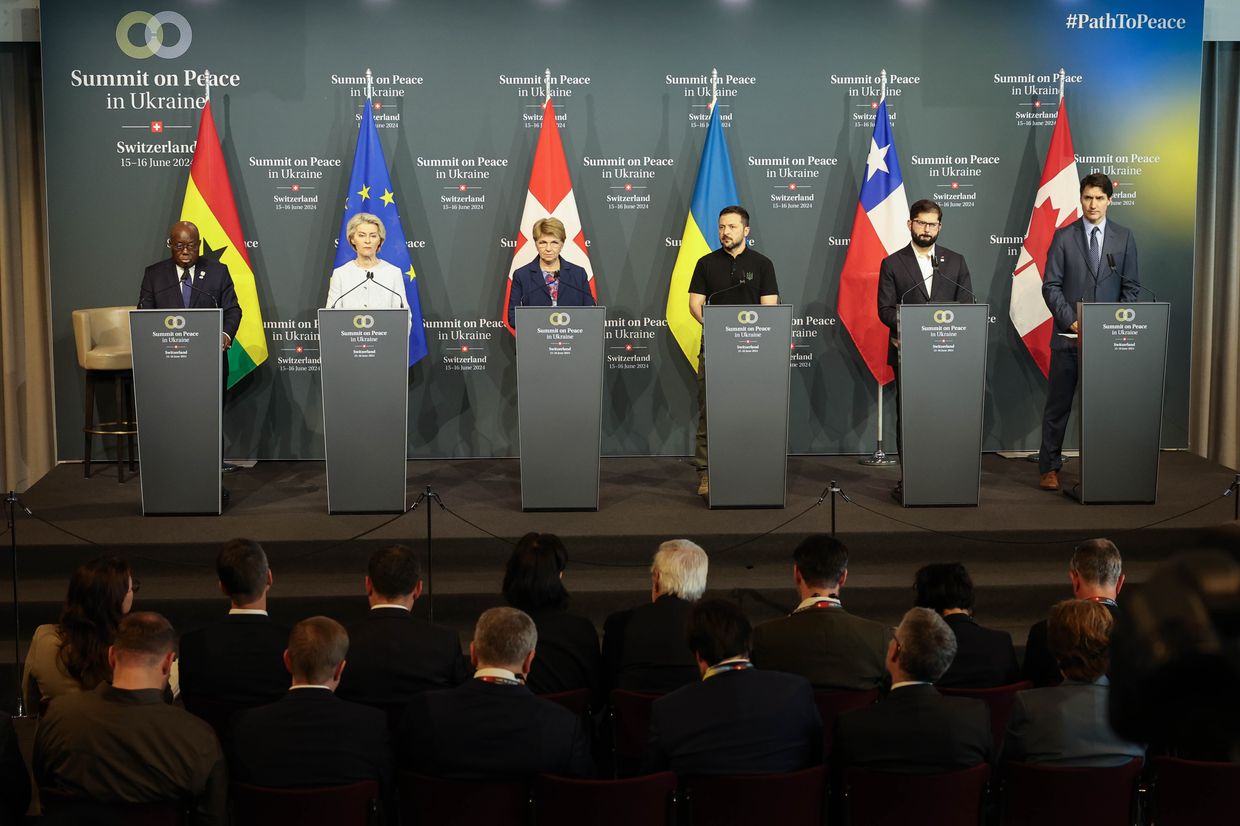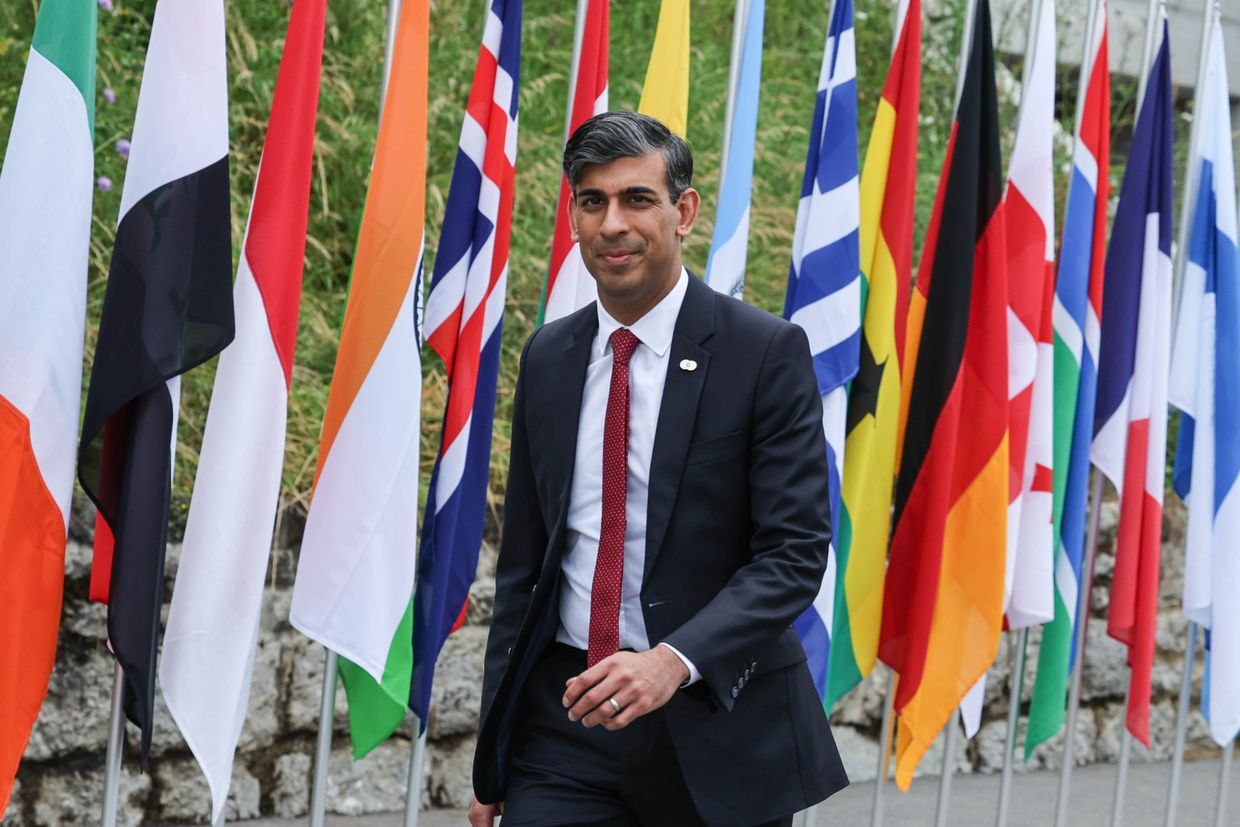Ukraine’s peace summit wrapped up on June 16 at the Burgenstock resort in Switzerland after two days of discussions on three major aspects of Ukraine’s 10-point peace plan: nuclear safety, food security, and prisoner swaps.
Just over 90 countries, a handful of organizations, and one observer took part in the summit Ukraine was hoping would garner further diplomatic support for its peace plan that could lay the foundation for a future peace process with Russia.
At the end of the summit, a joint communique was published, stating that Ukraine’s territorial integrity has to form the basis of any peace agreement.
The final communique also called for nuclear safety to be established at the Zaporizhzhia nuclear power plant, and for Russia to refrain from nuclear threats. It also called for the end to attacks on Ukraine’s ports to allow for exports, and the complete exchange of civilians and prisoners.
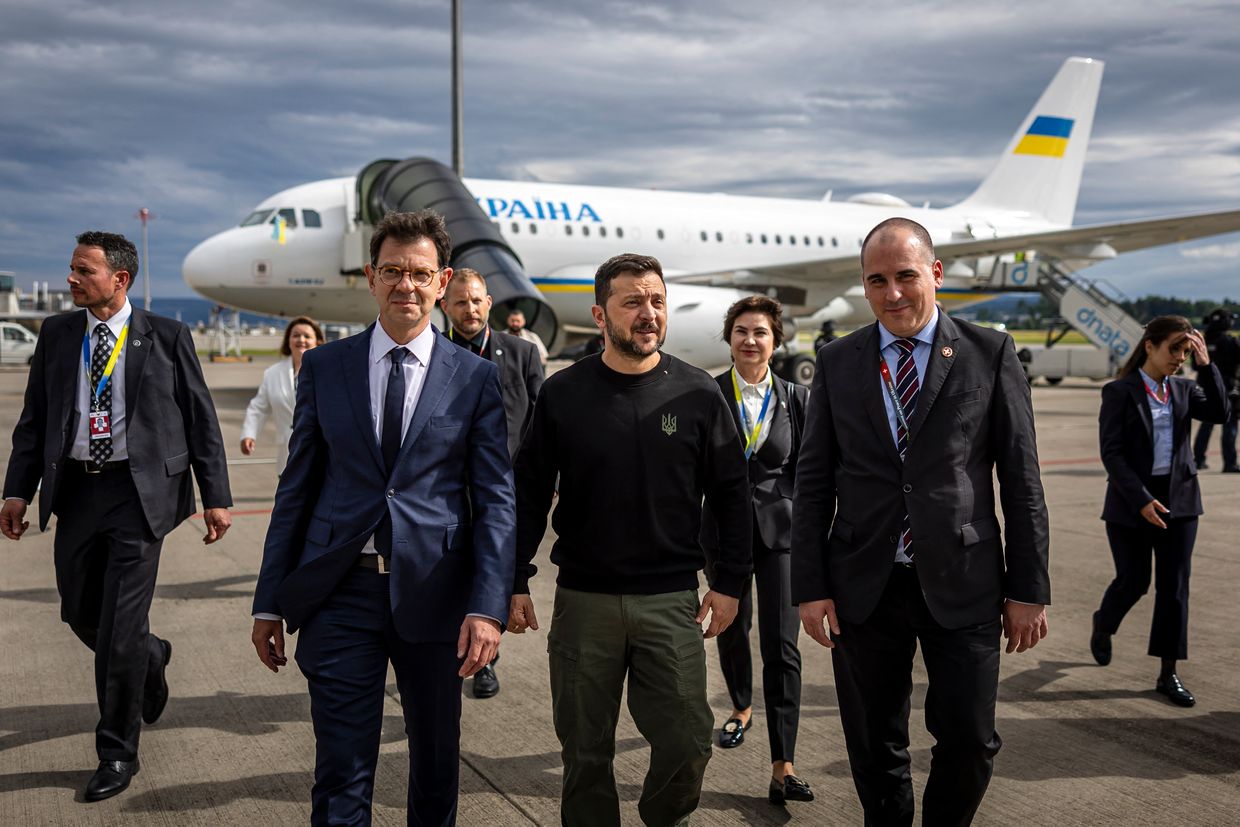
Despite the turnout and support for the communique, many wondered if a peace summit without Russia would have any tangible outcomes.
To others, like Elena Davlikanova of the Center for European Policy Analysis, “this event marks a defeat for Russia on the diplomatic front,” as it comes on the heels of the U.S. allowing Ukraine to use some weapons to strike in Russia, the Group of Seven decision to loan Ukraine $50 billion, and a fresh round of sanctions.
What did the summit achieve and what areas left room to be desired? The Kyiv Independent has put together a list of the highs and lows of the last two days.
The highs
More than 90 countries participated.
The peace summit included delegations from 92 countries, as well as eight organizations and an observer country. Delegations from every continent were present.
While less than the 160 Ukraine invited, it’s still a broad showing of support for Kyiv.
After China refused an invitation largely on the grounds Russia wouldn’t be attending, President Volodymyr Zelensky accused Beijing of “working hard” to prevent other countries from joining. The public spats led to fears the roll call at the summit would be shorter than hoped.
Saudi Arabia initially signaled it wouldn’t be showing up to the peace summit, also over Russia’s absence, but in the end, sent its Foreign Minister Prince Faisal bin Farhan Al-Saud.
Ukraine detractor Hungary also hinted it wasn’t sure it would go, but it too showed up in the end. It also signed the final communique, as did Russia-friendly Serbia.
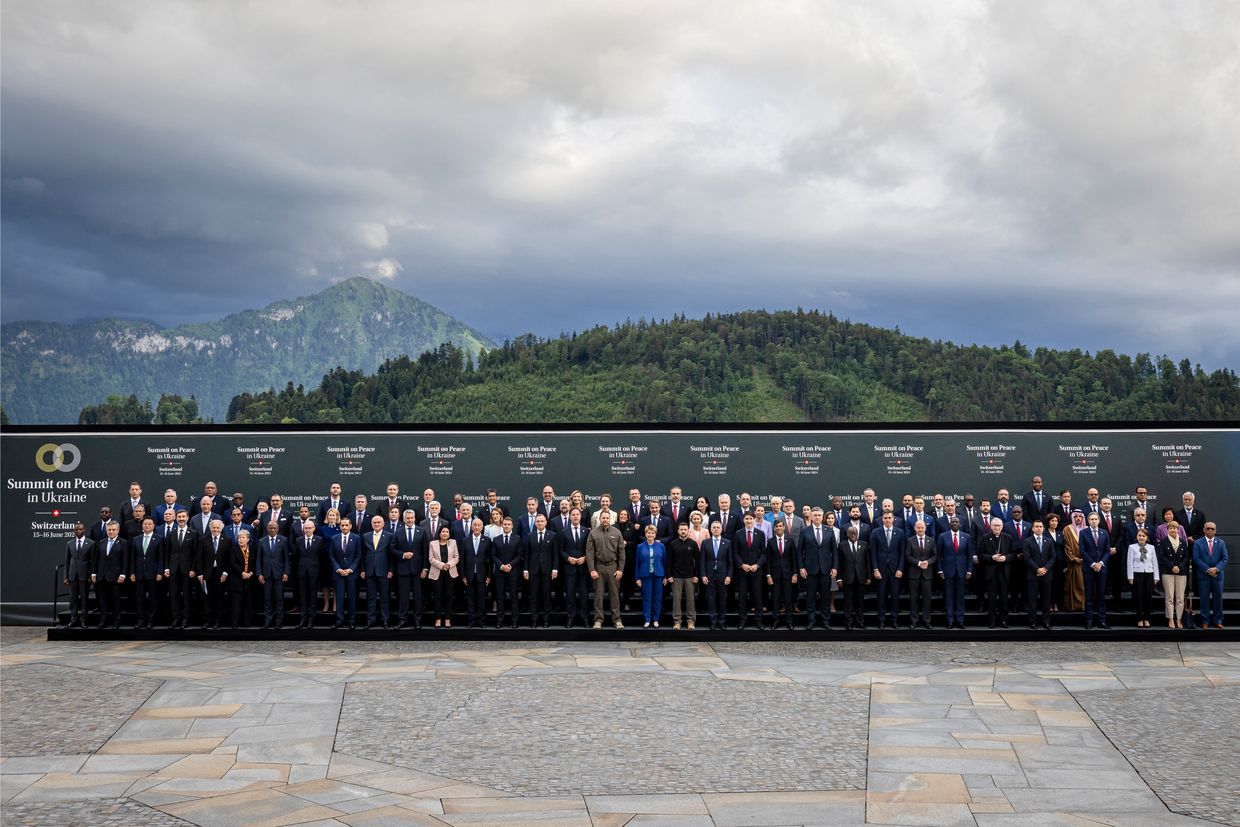
No alternative peace proposals were discussed.
No other proposals were discussed at the summit besides Ukraine’s 10-point peace plan, three parts of which formed the basis for the weekend’s discussions at Burgenstock.
China was reportedly quietly lobbying for its own alternative peace plan in the days leading up to the summit, according to Reuters, which spoke with 10 unnamed diplomats. Turkey was also reported to have its own version of a plan to end the war.
At the summit, however, “no alternative peace plans were discussed,” Ukrainian Foreign Minister Dmytro Kuleba told reporters.
And German Chancellor Olaf Scholz said during the summit, that Group of Seven leaders did not entertain Russian President Vladimir Putin’s peace proposals.
Speaking on the eve of the peace summit, Putin presented his own ideas to end the war that included the withdrawal of Ukrainian troops from Donetsk, Luhansk, Kherson, and Zaporizhzhia oblasts — territories Russia partly occupies — and Kyiv must abandon any ambition to join NATO.
The joint communique called Russia’s war a war and reflects Ukraine’s position.
"The ongoing war of the Russian Federation against Ukraine continues to cause large-scale human suffering and destruction, and to create risks and crises with global repercussions for the world,” the communique reads.
Since the onset of the full-scale invasion, Moscow has referred to its war — the largest in Europe in decades — as a “special military operation.”
Kuleba also said that Ukraine’s positions were taken into consideration in the final communique.
"The text is balanced, all of our principled positions on which Ukraine had insisted have been considered,” he said.
Shortly before the summit, the Ukrainian media outlet European Pravda reported that a draft communique it saw included language that could have allowed alternative peace plans, even Russia’s, to be included in a final peace deal.
That version was scrapped and the wording taken out of the summit’s communique draft, European Pravda reported on June 13.
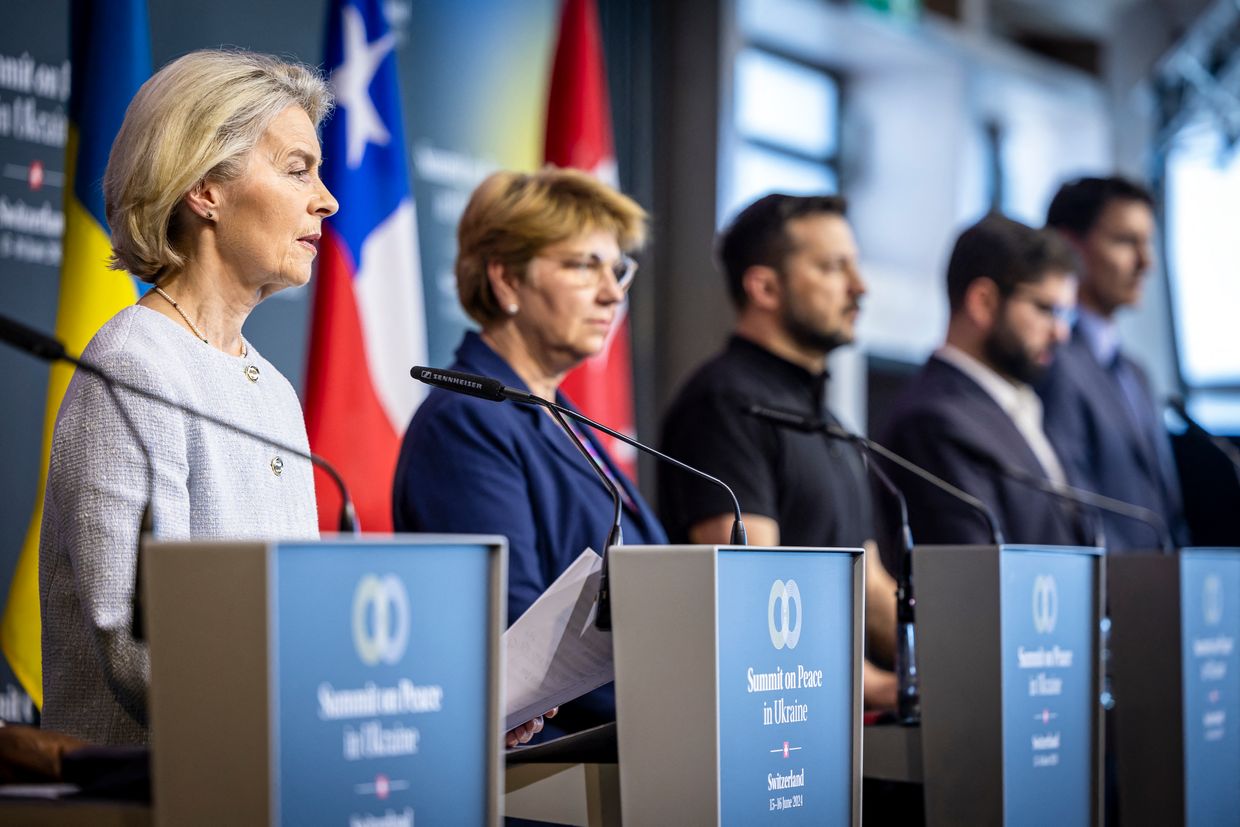
78 countries signed the joint communique.
Seventy-eight countries, including Ukraine, and four European institutions signed the final joint communique of the Switzerland peace summit on June 16.
Among those 78, all 27 European member states signed on.
The organizations that signed the document are the Council of Europe, the European Commission, the European Parliament, and the European Council.
One celebration-worthy endorsement of the communique is Turkey, which maintained relations with both Russia and Ukraine throughout the war and sought to act as a mediator between the two.
Switzerland’s President Viola Amherd commented on the number of signatories, saying that the fact a “great majority” of participants agreed to the communique, shows “what diplomacy can achieve.”
The lows
The communique wasn’t unanimously supported, however.
The countries notably absent from the list of signatories to the communique include India, Armenia, Saudi Arabia, Libya, Indonesia, Bahrain, Colombia, South Africa, Thailand, Mexico, and the United Arab Emirates.
Brazil, present as an observer in the list of 92 confirmed participant countries shared by the Swiss Foreign Ministry on June 14, did not sign the communique either.
Of note, India, Saudi Arabia, South Africa, and the United Arab Emirates are all part of the BRICS economic group, through which they have strong trading ties with Russia.
Referring to those who didn’t endorse the communique, Zelensky said “Unfortunately there are people who are still balancing” amid what he called Russia’s attempts to divide the world, but added the communique is “open for accession by everyone who respects the UN charter.”
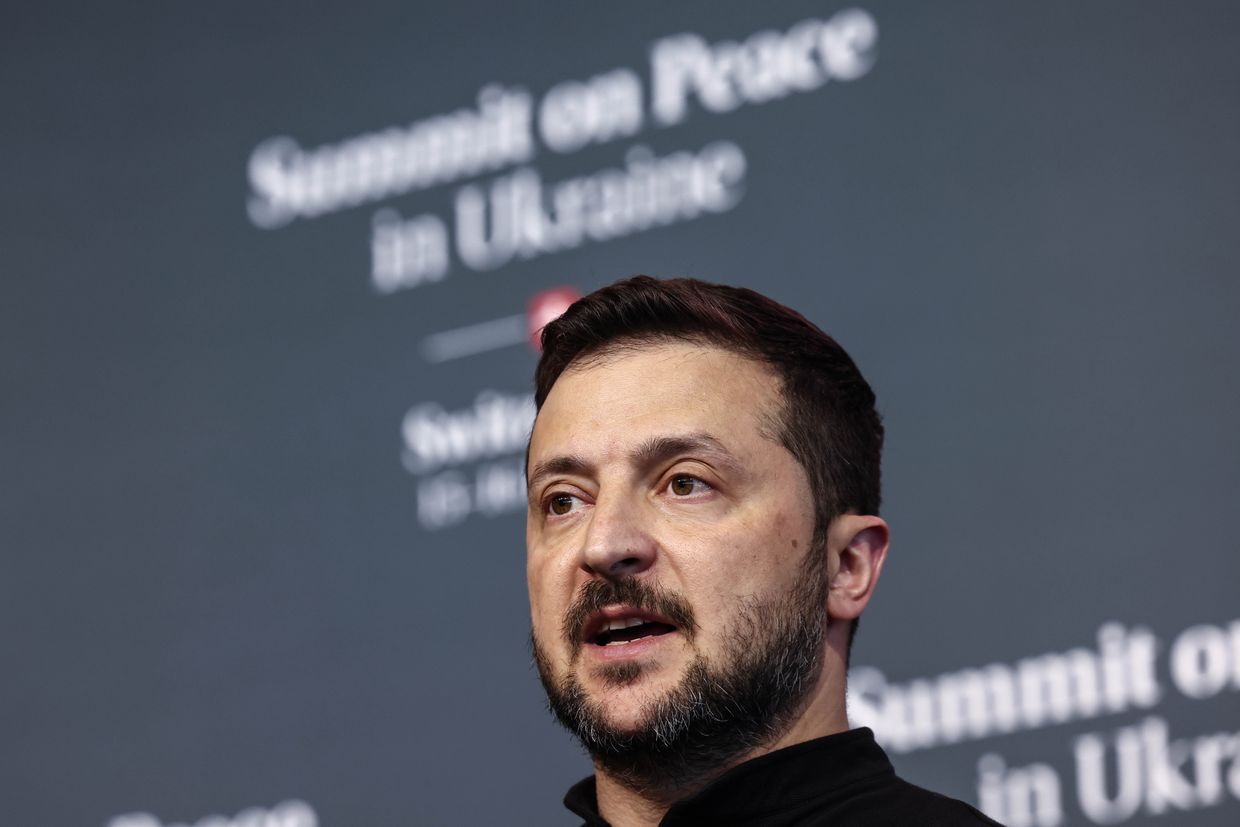
China didn’t come.
Although China’s absence was expected and confirmed in the weeks leading up to the summit, it announced it wouldn’t be attending as its requirements weren’t met, namely that Russia wasn’t going to be a part of the summit.
Ukraine was still holding out hope it would, and Zelensky earlier in May urged China to join with the idea it could sway other countries, particularly in the so-called Global South.
Beijing’s snub was also interpreted as move that signaled it was siding with Russia.
U.S. President Joe Biden skipped the summit.
The U.S. president chose an important campaign fundraising event with Hollywood stars, including George Clooney and Julia Roberts, over the peace summit. Biden, did, however, meet with Zelensky at the G7 summit that happened the same week.
This was a letdown for Zelensky, who said before the summit at a press conference in Brussels that he believed “that the peace summit needs President Biden, and other leaders need President Biden because they will look at the U.S.’s reaction.”
Zelensky also said Biden skipping the conference “would only be met by an applause by Putin — a personal, standing applause.”
U.S. National Security Council spokesman John Kirby said at a briefing that even if the U.S. President wasn’t going, “no other leader has done as much and continues to do as much as President Biden does to make sure that Ukraine has what it needs to defend itself against Russian aggression.”
Instead, Vice President Kamala Harris and National Security Adviser Jake Sullivan represented the U.S. during the summit.
Although not Kyiv’s first pick, Harris reiterated U.S. support for Ukraine at the summit and announced $1.5 billion in new U.S. assistance, including for energy infrastructure.

Support for Ukraine is still lop-sided.
While Ukraine had hoped to garner support among countries of the so-called Global South with their attendance at the summit, none of the Group of 20 countries that are outside of Europe endorsed the communique.
Those countries include India, Brazil, South Africa, Saudi Arabia, and Indonesia.
This shows that support for Ukraine and Russia’s war is still largely split between the West and the rest of the world.
What’s next?
Zelensky’s administration said that participants from the summit had agreed to continue working on the three points discussed in Switzerland in special groups.
“We agreed to start to work in special after-summit groups on specific ideas, proposals, and developments that can restore security in various aspects,” he said.
Presidential Office Deputy Ihor Zhovka said on Facebook after the summit that France, the Czech Republic, Turkey, Kenya, Saudi Arabia, the U.S., Norway, Poland, Canada, Qatar, Chile, Finland, the Netherlands, Germany, and the U.K. have all signaled their readiness to participate in the working groups.
The president said that once “action plans for peace” were prepared among the groups, conversations about the second summit would begin.
There were hopes the next summit’s location would be announced at the end of this conference in Burgenstock, but it’s yet unclear when and where that will take place. Saudi Arabia is rumored to be the next host.
It’s also unknown if Russia will be invited to the next summit.
The only hint about when came from Swiss Foreign Minister Ignazio Cassis who said a follow-up summit could happen before the U.S. elections in November.
This could prove key, as support for Ukraine’s peace proposal may hinge on the outcome of those elections. Presumptive Republican nominee and former president Donald Trump again took shots at Ukraine aid at a campaign event on June 15.
Continued and future support is also dependent on the battlefield situation. Russia recently opened a new front in Kharkiv Oblast and has made gains in Donetsk Oblast.
Zelensky sought to reassure the summit, saying “The situation is better, it has stabilized and I believe that in the near future, thanks to our partners our warriors will be strengthened.”
